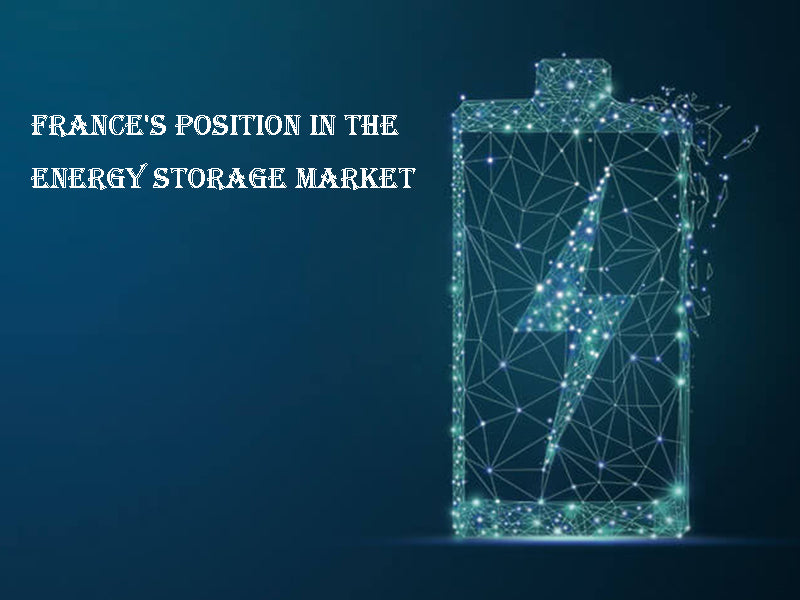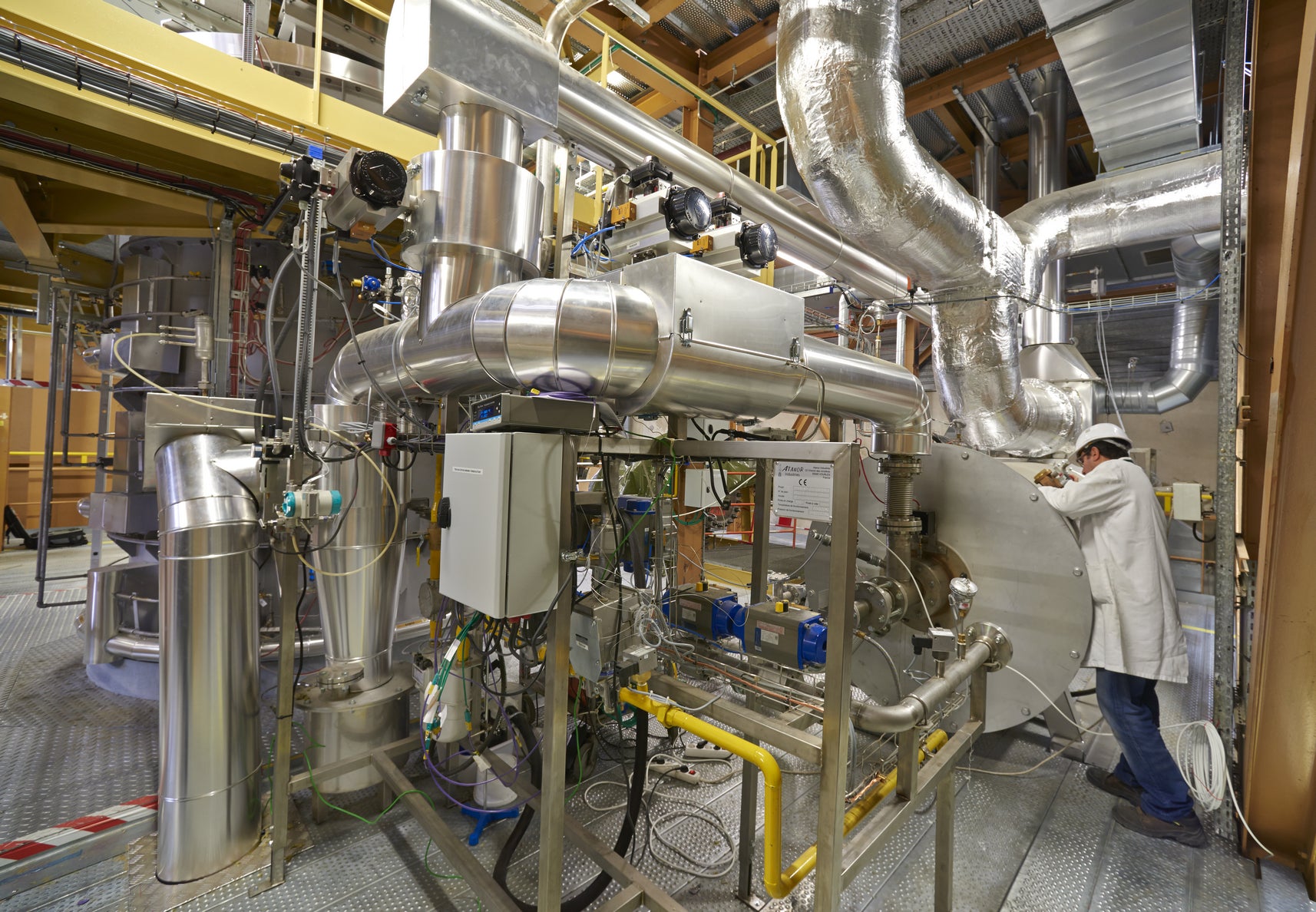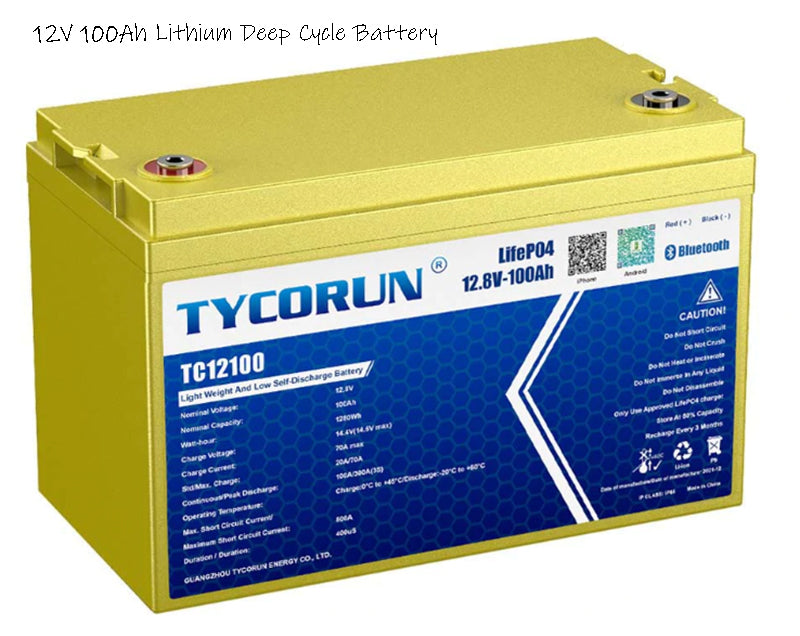
Main content:
By investigating the energy storage market for lithium-ion or nickel-metal hydride batteries, it can be found that about 95% of the batteries are from Asia, 5% are from North America, and only a small percentage are made in Europe. Therefore, even though France has made great efforts in the energy storage market in the field of hybrid vehicles and renewable energy, and may be technical innovations at the national level, it still needs to adopt batteries manufactured by the energy storage market outside Europe. Manufacturers of batteries (for electric vehicles or photovoltaic systems); which are researched and developed by universities or laboratories in their countries. The increase in transportation costs, the external dependence of raw materials (such as drilling for lithium batteries, rare earth materials for nickel-metal hydride batteries), and the current lack of recycling methods for these used batteries require the development of other solutions at the national level.
France has two major battery manufacturers - SAFT and BATSCAP companies. SAFT is mainly positioned in industrial or other related potential energy storage markets, producing batteries including Jin-cadmium batteries, nickel-metal hydride batteries and lithium-ion batteries. BATSCAP is developing lithium metal polymer technology and commercializable supercapacitors for the energy storage market.
1.Energy storage market for mobile products

The mobile electronics market includes portable computers, telephones, personal handheld digital devices (PDAs), small games, alarm systems, camping equipment, military equipment, and personal health equipment. According to statistics from the Battery Association of Japan (BAJ), the battery energy storage market in 2005, including primary batteries and secondary batteries (storage batteries), was close to $5 billion. More than half of sales ($3 billion) of the energy storage market come from batteries for portable computers. In 2006, the energy storage market for rechargeable batteries reached $7 billion (Source: 2007 Avicenne)
In terms of battery sales, primary batteries accounted for 73% of the total, and rechargeable batteries accounted for 27%. However, the sales revenue of rechargeable batteries accounted for 79% of the total battery, of which 41% came from lithium-ion batteries.
At present, the rechargeable battery energy storage market is mainly divided into three technical schools, namely Jin-cadmium battery, Jin-hydrogen battery, and lithium-ion battery (the monthly output is about 100 million).
Since the mid-1990s, lithium-ion technology, which accounts for nearly 80 percent of the sales price of lithium-ion batteries, has proven suitable for making portable computer batteries. Indeed, lithium-ion batteries can store more energy in a smaller volume and have a longer lifespan than other technologies such as nickel-metal hydride.
Mobile electronic devices such as phones, laptops and camcorders are the main energy storage market for NiMH and Li-ion batteries. After explosive growth in recent years, these energy storage markets must find a growth model that is closer to the traditional economy. Japan has basically completed the application conversion from nickel-metal hydride batteries to lithium-ion batteries, and a similar process will occur in Europe. Lithium-ion batteries, which adopted a polymer colloidal electrolyte and flexible packaging technology in 1999, will certainly have a good market development prospect in meeting the needs of ultra-flat batteries, even if they have not yet dominated the energy storage market.
2.New energy storage market prospects
The widespread use of cell phones and the increasing number of mobile electronic devices worldwide has fostered the need for small power sources (rechargeable accumulators, primary batteries). In the short to medium term, the application of new miniaturized and interactive products in civil and military fields (such as autonomous sensors for the development of "smart clothing", automatic medical systems, global positioning systems, airborne sensors, etc.) will further promote the development of micropower development and opening up new energy storage markets.
Therefore, these offer huge business opportunities for battery production, storage and energy regeneration. But they have to deal with the technical challenges posed to batteries by the demands of next-generation applications, thereby placing new functional demands on batteries. This includes freeing users from the hassle of frequent charging, being able to provide a longer power supply cycle, ensuring that information is not lost, being able to obtain energy from the external environment, and achieving independent and autonomous power supply, enabling biocompatible devices implanted in the human body to be able to Work longer etc.
This innovative journey has involved many research institutes and industrial companies around the world. Samsung, Sony, Toshiba, Motorola, Siemens and many other companies are the leaders in this journey, and a large number of newly established companies in the United States have joined this ranks.
3.Major manufacturers in the energy storage market

At present, in the energy storage market, battery manufacturers are basically almost exclusively from Asian companies, including Japan's Sanyo, Panasonic, Sony, Hitachi, South Korea's LG, Samsung and Kokam, and China's BYD, ATL and Lishen .
Japan quickly became the frontrunner in the energy storage market. As manufacturers of mobile electronic devices, they believe that power supply has a strategic position in these devices. That's why Sony, which initially didn't make batteries, decided in the 1980s to invest huge sums of money to develop and industrialize battery technology. Sony surprisingly announced in February 1992 the immediate start of industrial production of lithium-ion batteries. The first batteries had limited performance (90W·h/kg specific energy), but since then Sony's lithium-ion batteries have made significant progress (from 160W·h/kg to over 200W·h/kg in 2008) . This is partly due to advances in battery design technology (reducing the volume and weight of batteries) and partly due to the optimization of battery material properties.

For the mobile electronic energy storage market, Japan, South Korea and China occupy the majority of the market share. However, in this segment of the energy storage market, the energy storage market continues to open up to new battery technologies that can meet the needs of new applications (such as fast-charging batteries, printed batteries, etc.), but are often very expensive (for medical devices).
Since 2004, the lithium-ion battery industry has been in chaos, some new manufacturers, such as A123, EnterDel in the United States, Kokam, LG Chem in South Korea, MGL, B&K, HYB, BYD in China, and some original international manufacturers. Large companies (Panasonic, NEC, Hitachi, BYD) compete for this energy storage market together. Some Japanese automakers (such as Toyota and Nissan) have invested in battery manufacturers (such as Panasonic, GS Yuasa, Lithium Energy Japan, etc.) in order to control the strategic components of hybrid vehicles
For LiFePO4-based lithium batteries, currently A123 (A123 material), Saft (HydroQuebec material, Phostech), Valence Technology (Valence material), and Chinese manufacturers (Chinese materials) have single cell products. The energy density of this lithium battery is between 90 and 110W·h/kg, and the product is currently mainly used in power-type occasions rather than energy-type occasions.
In France, Bolloré has built Batscap (mainly producing lithium metal polymer batteries, LMP) near Quimper, and is working on batteries for electric vehicles (Bluecar); Johnson Controls-Saft has also opened a factory in Nersac, mainly Production of power lithium-ion batteries that can be used in electric vehicles. In addition, Saft provides NiCd, NiMH and Li-Ion batteries for use in all professional mobile industrial equipment (Saft was the world's first company to provide Li-Ion primary batteries for electronic and military equipment). Batteries produced by Saft can be used in some high-end areas of the energy storage market, especially in industrial equipment and process equipment (stationary applications and emergency lighting), aviation and rail transportation (the world's leading nickel-cadmium battery manufacturer), defense and aerospace (first in Europe, second in the world). Saft Corporation is the world's leading supplier of galvanized cadmium batteries and multi-purpose lithium-ion primary batteries for industrial use. Saft is also a major European manufacturer of batteries for defence and aerospace applications.
In Europe, Johnson Control and Varta Automotive Batteries supply all European car manufacturers. There are six production sites in Europe, mainly supplying BMW, DaimlerChrysler, Ford, Peugeot Citroen, Volkswagen, as well as the Bosch automaker, as well as major dealers such as Carrefour. Through a joint venture with Saft, Johnson Control has the ability to manufacture lithium-ion batteries for next-generation hybrid vehicles.
In the global energy storage market, Johnson Controls (USA) is a major global supplier of lead-acid batteries. The company is positioned as a global leader with extensive experience in solutions for automotive, building power and power systems.
4.Academic fields related to energy storage technology

CEA has been developing electrochemical energy storage technology for about 15 years. In its new energy technology and nanomaterials (LITEN) innovation laboratory in Grenoble, the main research and development work focuses on solar energy utilization technology, energy recovery and nanomaterials to develop the energy storage market, and the energy storage market is positioned in buildings, transportation and three aspects of electronics. LITEN has developed a production line capable of building a series of models for the design and development of a variety of lithium-ion batteries, the energy storage market includes batteries for hybrid vehicles, batteries for solar power and power grids, and other battery innovations that require new applications (such as fast-charging batteries, etc.) and applications that often require high performance indicators (such as batteries for medical devices, ultra-thin batteries or printed batteries, etc.). This production line of LITEN contains several research platforms, including material synthesis equipment, mechanical synthesis equipment, etc.
Among all the relevant laboratories in France for the energy storage market in this field, the LRCS (Amiens) laboratory is particularly outstanding, especially in the field of materials research. In addition, laboratories such as IMN (Nantes), LGMPA (Nantes), LEPMI (Greno-ble), ICMCB (Bordeaux) and CEMES (Toulouse) deserve attention.
The advanced Alistore (advanced lithium battery energy storage system) research system started in Europe in 2004 is a combination of 14 laboratories and 12 industrial companies by the French LRC (Amiens) laboratory, mainly for advanced lithium battery energy storage systems. .
5.Research directions of energy storage technology in the United States and Japan
The U.S. Department of Energy (DoE) has the following provisions for battery specifications for hybrid electric vehicles:
1) The energy storage is 1~2kW·h, and the power-to-energy ratio is greater than 15;
2) For plug-in hybrid electric vehicles, the energy storage is 5~15kW·h, and the power-to-energy ratio is 3~10;
3) For pure electric vehicles, the energy storage is greater than 40kW.h, and the power-to-energy ratio is 2.
The total budget of the US Department of Energy in the field of hybrid vehicles in 2008 was $94 million (about 66 million euros), of which $48 million (about 34 million euros) was for battery research. The U.S. Department of Energy invests in basic and applied research through the BATT program, which includes universities and national laboratories, and through the USABC program to develop the energy storage market for battery modules with automakers.
The technology uses layered oxide or high pressure, or LiFePO4 as the positive electrode material, which is matched with graphite as the negative electrode; or uses titanium oxide to replace the negative electrode. Other electrochemical systems, such as lithium sulfide systems, are also being developed.
Lithium-ion batteries cost 28 EUR/kW in 2008, double their commercialization target. For the energy storage market for plug-in hybrid vehicles, the energy cost is targeted at 350 EUR/kWh (PHEV10, 10 miles of range), and then drops to 210 EUR/kWh (PHEV40, 40 miles of range). The current cost of batteries for this application is 700 EUR/kW·h. For the above applications, the specific energy requirement is 100W·h/kg in 2012 and 150W·h/kg in 2015. Among the technologies promising to achieve the above technical indicators, the use of 5V positive electrodes and lithium alloy negative electrodes (such as silicon carbide) or titanium negative electrodes is a technology worthy of attention.
Japan's NEDO has also positioned its development in the area of the battery energy storage market, but with more ambitious goals. In order to smooth the power and improve the power quality, the application of battery energy storage in the grid is expected to exceed 90GW of capacity requirements, with a target cost of 100 euros/kW·h and a service life of 20 years. Currently, companies such as Enax, Mitsubishi and Hitachi are conducting research in this area.
In the field of electric vehicle energy storage market, the battery specification requires that by 2015, the specific energy of the battery module will reach 100W·h/kg, the specific power will reach 2kW/kg, the lifespan will be 1 year, and the cost will be 270 euros/kW·h; or The battery cell reaches the level of specific energy of 200W·h/kg and specific power of 2500W/kg. The development goal of battery modules in 2030 is a specific energy of 500W·h/kg, and the cost is reduced to 33 euros/kW·h. NEDO pointed out that by 2030, the breakthrough development of battery technology is needed to make the single battery reach the target of a specific energy of 700W·h/kg and a specific power of 1000W/kg.
Read more: What is the battery application?
















